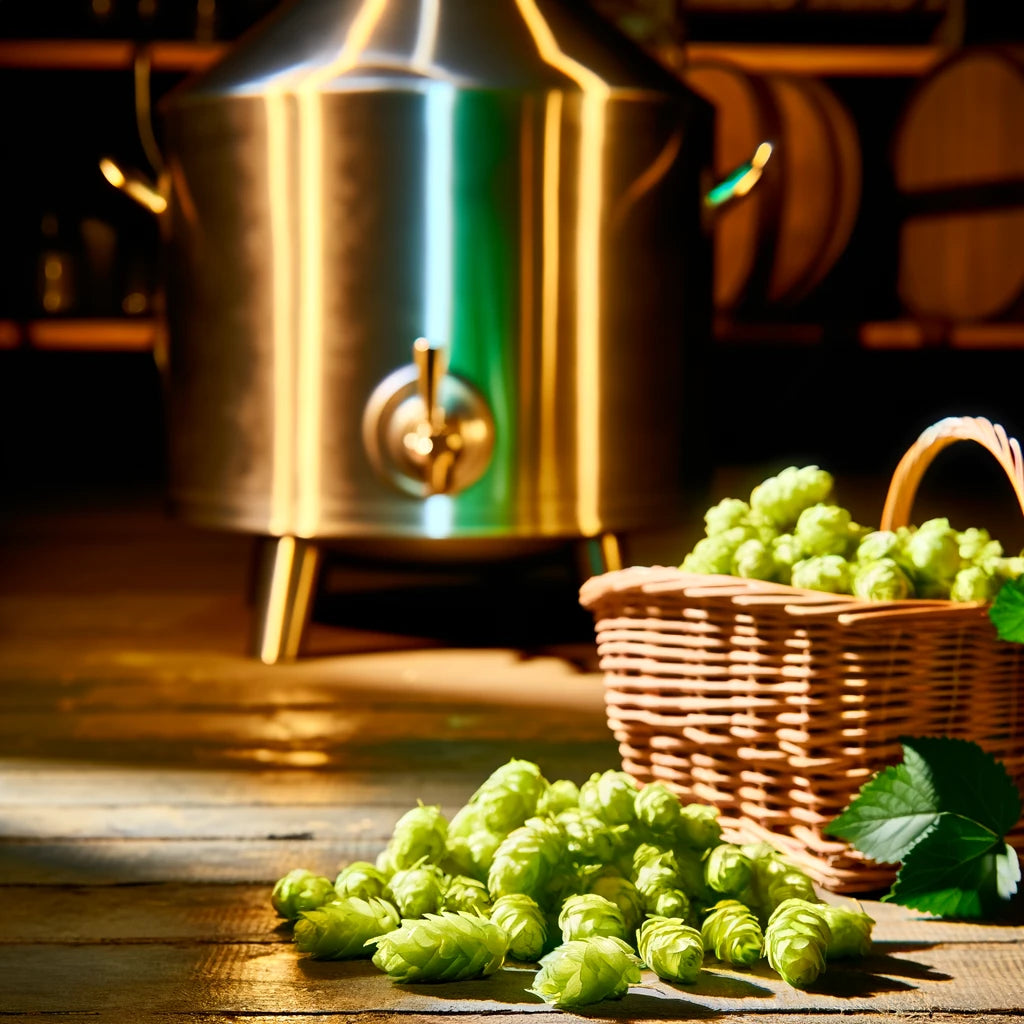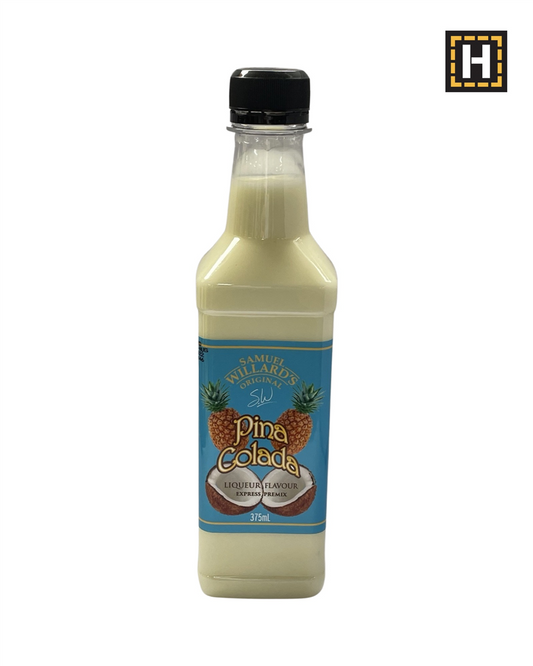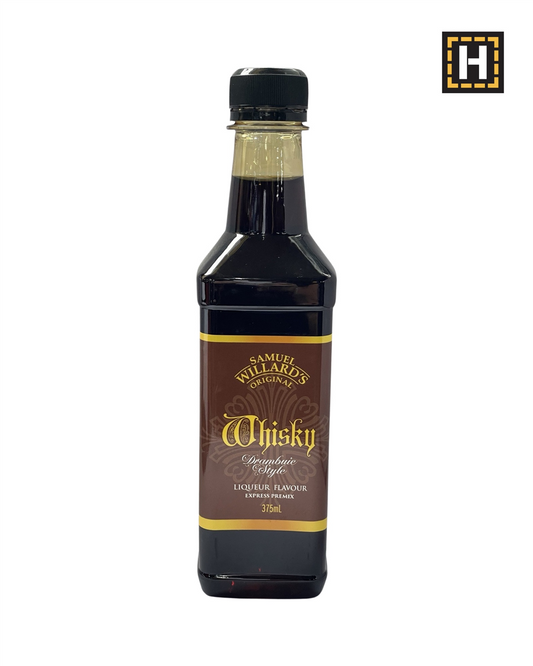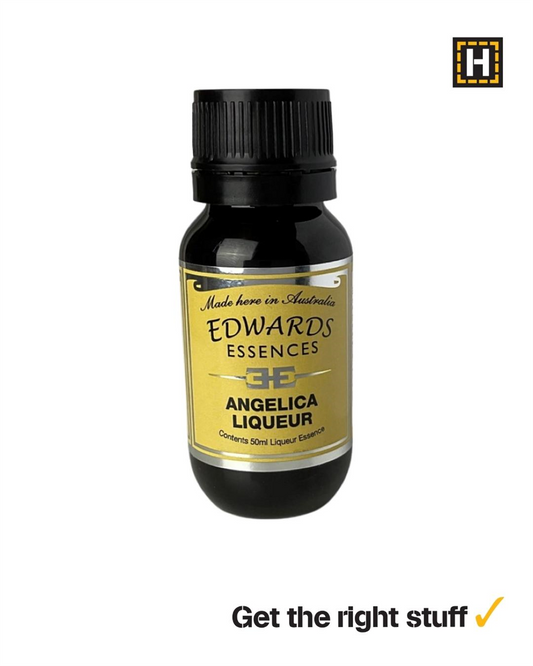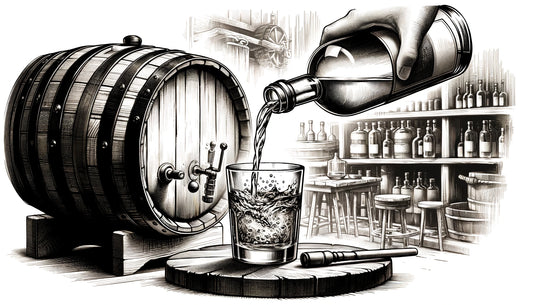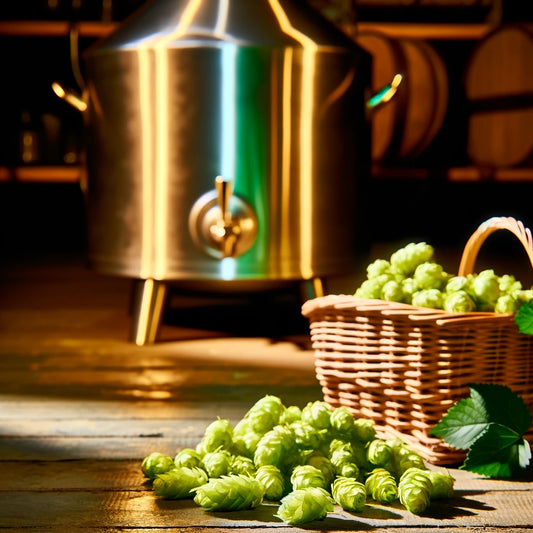Hops are a cornerstone ingredient in brewing, imparting bitterness, flavour, and aroma to beer. They are not only integral to the brewing process but also offer a playground of possibilities for creativity and customization. This guide takes you through the journey from understanding the basics of hops to uncovering the insider secrets that can elevate your homebrew.
Understanding Hops in Homebrewing
At their core, hops are the flowers (or cones) of the hop plant, Humulus lupulus. They contribute bitterness to balance the sweetness of the malt, provide a complex array of flavours and aromas—from floral to citrus, pine to spice—and possess preservative qualities that extend the shelf life of beer.
When brewing, hops are typically added during the boil. The timing of hop additions plays a critical role in the outcome:
- Bittering Hops: Added at the beginning of the boil, imparting bitterness as the alpha acids in hops are isomerized during the boil.
- Flavour Hops: Added with 15 to 30 minutes left in the boil, providing nuanced flavour notes without contributing excessive bitterness.
- Aroma Hops: Added at the end of the boil or during fermentation (dry hopping), they impart aromatic qualities to the beer without significantly affecting its bitterness.
Types of Hops
There are numerous hop varieties, each with its unique profile of bitterness, flavour, and aroma. Some of the popular hop varieties we offer include:
- Nelson Sauvin: Known for its fruity, white wine-like characteristics, it's a favourite for adding a unique twist to IPAs and pale ales.
- Citra: Offers a strong citrusy profile, perfect for adding a punch of grapefruit, lime, and tropical fruit notes to your brew.
- Chinook: Delivers a piney, spicy kick to ales, particularly American styles, with its robust flavour profile.
- Fuggles: A traditional choice for English ales, providing earthy and woody aromas.
- Kent Golding: Esteemed for its gentle, floral notes, making it a go-to for classic English bitters.
- Centennial: Sometimes referred to as a "super Cascade," it offers a balanced blend of floral and citrus notes.

Unlocking the Secrets of Hops
Enhancing your brewing with hops involves more than just understanding their basic contributions. Here are insider techniques to deepen your hop knowledge and usage:
- Dry Hopping for Aroma: This technique emphasizes the aromatic potential of hops without adding bitterness, ideal for styles where hop aroma is forefront.
- Hop Tea for Flavour Testing: A simple way to preview the contributions of different hops to your beer, helping you select the perfect varieties for your brew.
- First Wort Hopping (FWH): Adding hops to the kettle during wort transfer for a smoother bitterness and enhanced flavour and aroma profile.
- Using Hops for Preservation: Leveraging the natural preservative qualities of hops can help in creating beers that last longer.
- Layering Hop Additions: Strategically adding hops at different points during the boil can create a complex hop profile, layering bitterness, flavour, and aroma.
- Hop Blending: Mixing different hops can yield unique flavour and aroma combinations, giving your beer a custom profile.
- Understanding Hop Alpha Acids: Knowing the alpha acid content helps in predicting the bitterness level of your beer, enabling more precise brewing outcomes.
- Proper Hop Storage: Storing hops correctly is essential for maintaining their quality, ensuring that their flavours and aromas remain potent.
By incorporating these insider secrets into your brewing process, you can unlock new dimensions of flavour and aroma in your homebrews. Experimentation is key, as is a deep understanding of the hops at your disposal. Happy brewing!

